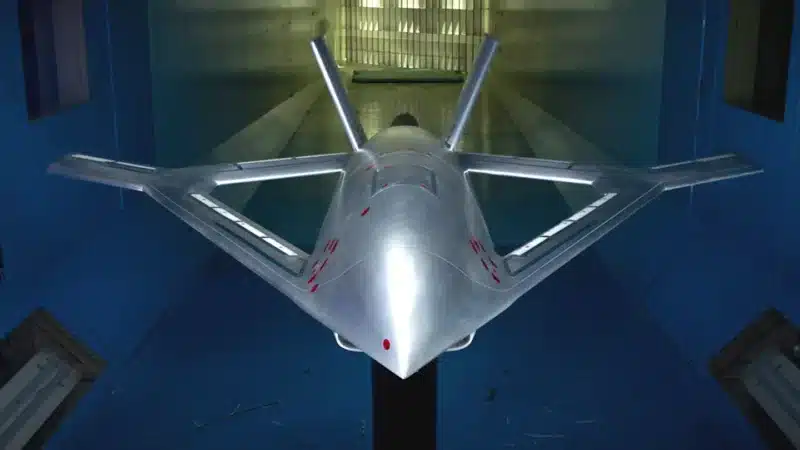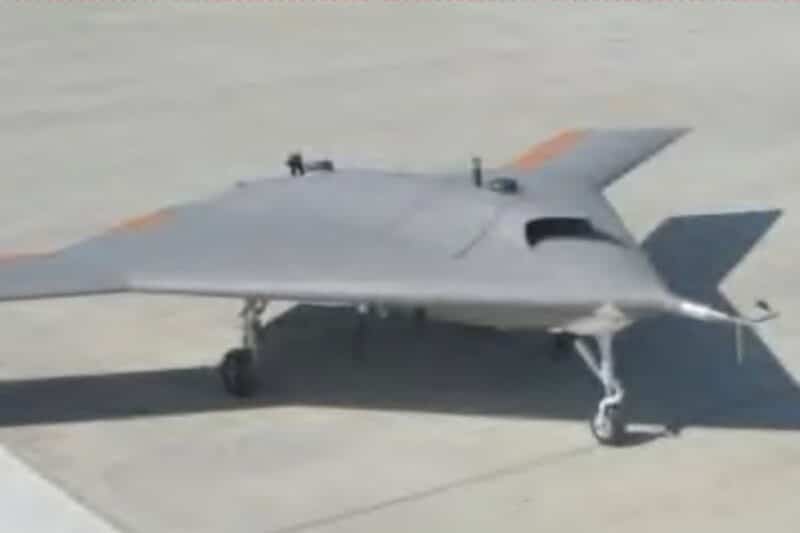While the performance of anti-aircraft defenses and detection systems continues to grow, whether due to the increase in the efficiency of sensors, that of data processing and analysis systems, as well as performance of the missiles themselves, stealth, whether active through jamming and masking systems, or passive to reduce the radar equivalent surface or the infrared radiation of a device, is becoming a major issue. critical for the air force. Indeed, with hypersonic technologies, it constitutes the only possible answer to date to hope to be able to use air power above a contested space. Over the past 30 years, significant progress has been made in this area, particularly in the United States, pioneers in this field with the famous F-117 Nighthawk, which demonstrated the potential of this technology during the first Gulf War.
Since passive stealth technology has evolved, allowing versatile combat aircraft like the F-22 Raptor and the F-35 Lightning II to enter service, and has also become more popular on the planet, China with the J- 20 and the future J-35, and Russia with the Su-57, having also demonstrated know-how in this field, even if the characteristics of these devices in terms of stealth continue to be debated. However, all these aircraft suffer from certain limitations, their stealth being most of the time directional and concentrated in the front area, and degrading rapidly as the aircraft carries additional ammunition, tanks or weight under the canopy. The mobile zones of combat aircraft, which make it possible to control the device, also degrade this stealth, not only when they are in motion by creating radar reflection zones, but also by creating recesses and salient edges to allow control surface travel.

To overcome this problem, DARPA, the Pentagon's technological innovation agency, has launched the CRANE program for Control of Revolutionary Aircraft with Novel Effectors, which aims to replace movable control surfaces with pressurized air flows reproducing their aerodynamic effects, without imposing the constraints, particularly in terms of stealth. The program moved to phase 2 at the end of last year, in order to design the technologies needed to design a technological demonstrator. Aurora Flight Sciences, a subsidiary of Boeing, was chosen for this mission, and probably to develop the 3,5-ton demonstrator planned for phase 3, whose first flight is expected for 2025. In fact, the announcement made by the team at the Center for Aerodynamics Research and Development located in Sichuan province, in an article published on January 19 in the peer-reviewed journal Acta Aeronautica and Astronautica Sinica, probably made the effect of a bomb across the Atlantic. In effect, this team would have already flown a demonstrator equipped with this same technology.

The rest of this article is for subscribers only
The Classic subscriptions provide access to
all articles without advertising, starting at € 1,99.
Newsletter subscription
Register for the Meta-Defense Newsletter to receive the
latest fashion articles daily or weekly


[…] […]